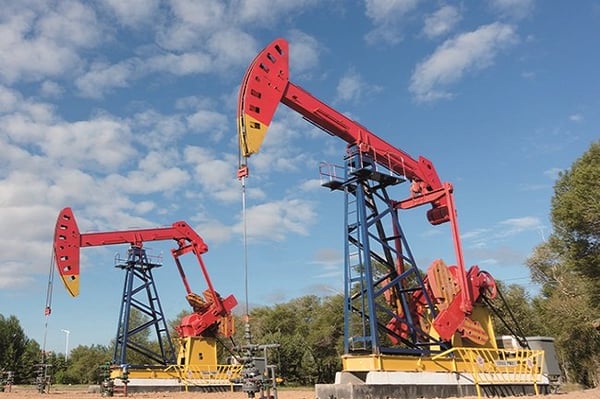All hail shale?
The disruptive change of the ‘shale revolution’ has forced existing producers to adapt while reducing OPEC’s pricing power. We expect further far-reaching changes to take effect in the coming years
The disruptive impact on traditional oil producers risks undermining their long-term investment. As a result it could be that beyond 2020 the market becomes dependent on shale and predictable, traditional sources of production are displaced, making production much more reliant on short-term US financing conditions.

As a result of rapid productivity improvements, US shale oil has revolutionised the oil industry. Born out of cheap financing following the global financial crisis, it now challenges the Organisation of Petroleum Exporting Countries (OPEC) as the world’s swing producer and has reduced prices to the benefit of consumers. But disruptive technologies seldom lead to smooth transitions and it’s important to understand the risks shale poses both up to 2020 and beyond.
Shale: Black Magic?
Shale producers have undergone a rapid learning process due to the nature of extraction. They have been able to continually evolve and improve as they rapidly drill more wells. Unlocking deposits of shale oil has required two noteworthy technological developments. The first of these is directional drilling: the ability to steer a drill bit onto a horizontal plane to drill along and through a shale deposit. The second is hydraulic fracturing (commonly known as fracking): the ability to use injected fluid under pressure to open up fractures, or channels, through the shale so the hydrocarbon molecules can flow to the well and then up to the surface.